Liquid Gold: The Magic of Noble Rot
Botrytis cinerea or ‘noble rot’ is responsible for some of the world’s most legendary wines.
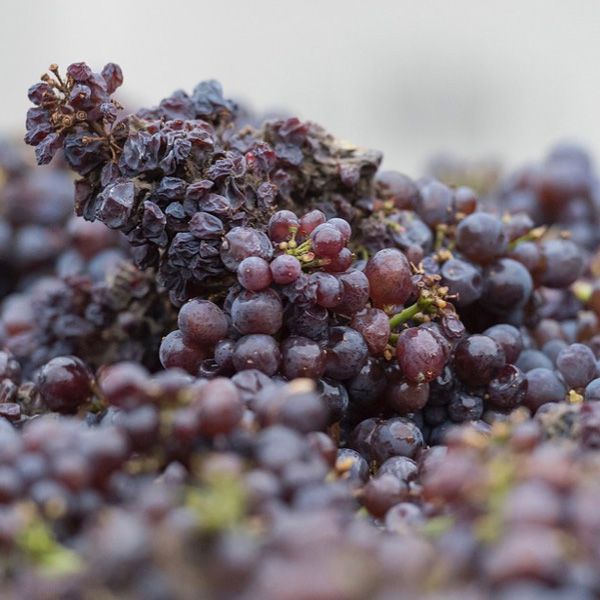
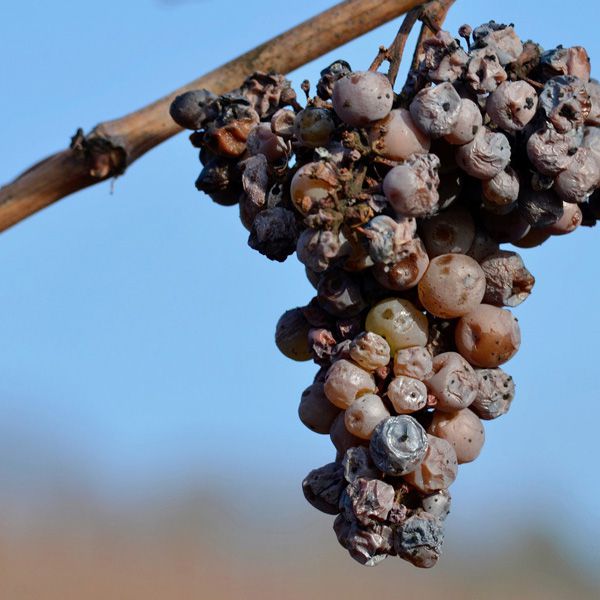
Like so many of mankind’s most significant discoveries, the unique properties imparted by botrytis cinerea upon wine grapes was discovered quite by chance, or so the story goes. It’s thanks to this unattractive grey fungus that winemakers can craft the inimitable noble rot dessert wines across a few exceptional wine regions where the synergy between microclimate, local topography, and bodies of water give rise to the necessary conditions for botrytis.
Golden nectars like Sauternes, Tokaji, German and Austrian Rieslings of Auslese level ripeness and up, and others are born from the berries attacked by this mercurial fungus. Like Jekyll and Hyde, botrytis cinerea can be utterly brilliant or catastrophically destructive to a harvest.
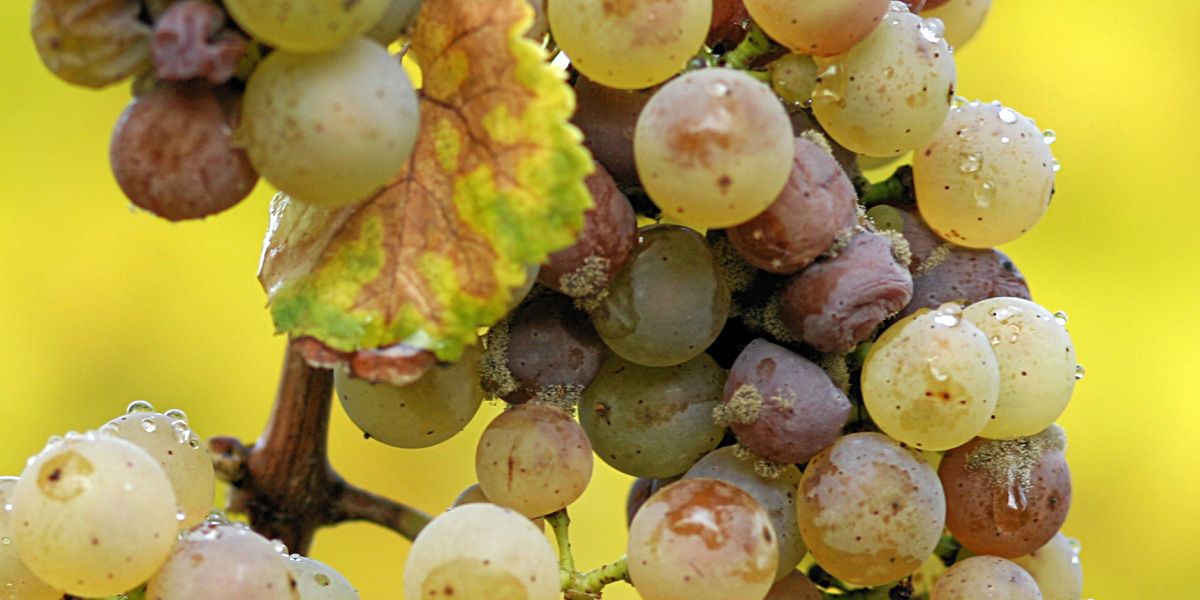
In the absence of the ideal conditions, botrytis loses its noble characteristics and becomes bunch rot or grey rot, which can ruin an entire harvest. The malignant incarnation of botrytis affects a wide variety of crops. You may have encountered it in a punnet of strawberries or tomatoes off the vine, but it can ruin everything from beans and broccoli to hemp and many more besides. However, under the right conditions, botrytis can be a very good thing.
Botrytis needs precise weather – warm and humid but not wet, to take hold. Often in these regions, a warm mist rises up from adjacent bodies of water, allowing botrytis to flourish until the noonday sun dispels the mist, drying the grape berries and preventing grey rot from developing.
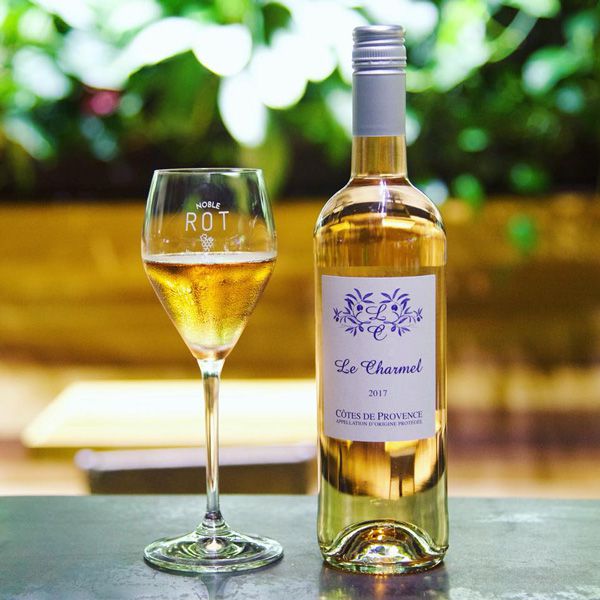
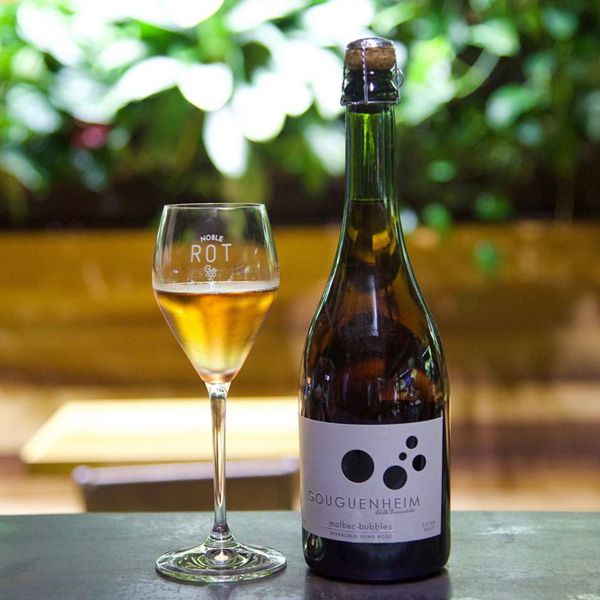
Botrytis spores infect the grapes by puncturing their skins. This dehydrates the infected berries, transforming them from jewel-like clusters to near raisins and concentrating their sugars, acids, and flavours. This is one reason why grape varieties with thinner skins such as Riesling, Semillon, and Furmint are so well-suited to making botrytised wines.
Connoisseurs and experts alike will readily tell you that some of the world’s greatest wines are crafted from botrytis-affected grapes. In Bordeaux, there are the bewitching wines of Sauternes, to the east, the decadent dessert wines of Germany (some spätleses, and most auslese, beerenauslese, and trockenbeerenauslese), and that ‘wine of kings, king of wines’ Hungarian Tokaji.
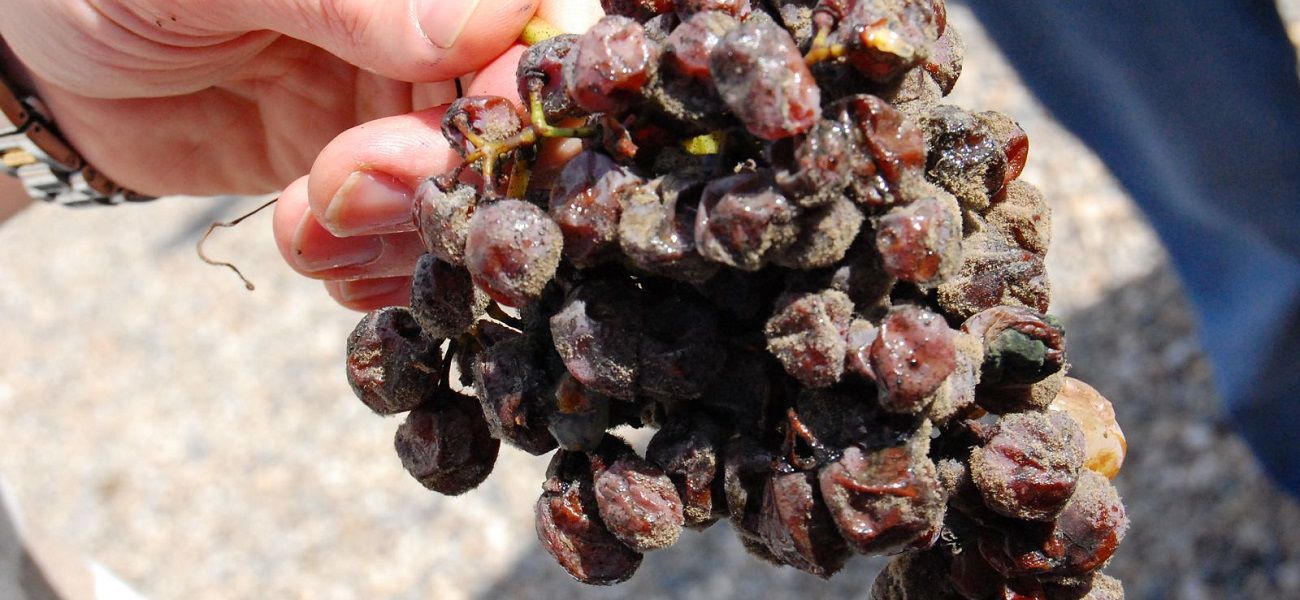
Across the border in Slovakia, the Tokaj region continues and even in Romania, also a former nook of the Kingdom of Hungary, you’ll find botrytized wine in the form of Grasă de Cotnari. Traverse an ocean to the New World and you’ll encounter winemakers who are making some pretty fine noble rot wines as well.
There are many reasons why a winemaker would allow this so-called noble rot to take hold. Botrytis paints wine with another dimension of complexity. Honey, saffron, ginger, and a riot of other heady spice aromas and flavours tantalise the sense while deliciously concentrated sugars and flavours dominate the palate.
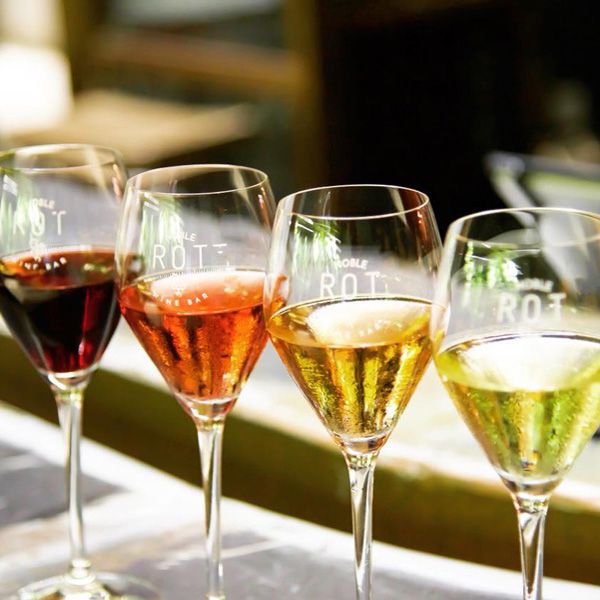
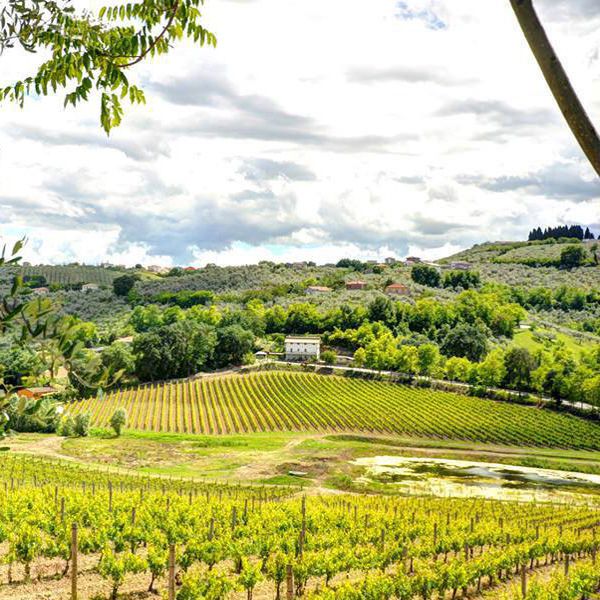
What inspired some long-ago farmer to vinify his seemingly ruined grapes? Travel to each region and a different tale will be told. According to German lore, the overripe rotten grapes were given to peasants who, not wanting to waste the fruit, made them into wines of astonishing richness and quality. History tells us that Schloss Johannisberg made the first late harvest wine from botrytised grapes in 1775. The Hungarian legend tells the story of Laczkó Máté Szepsi, a 16th-century minister who they claim was the first to create aszú (botrytised) wine. Their records reach back a solid two hundred years before Schloss Johannisberg’s first vintage of noble rot wines. Legend has it that Sauternes came later, during in the 18th-century, although this is disputed by historians.
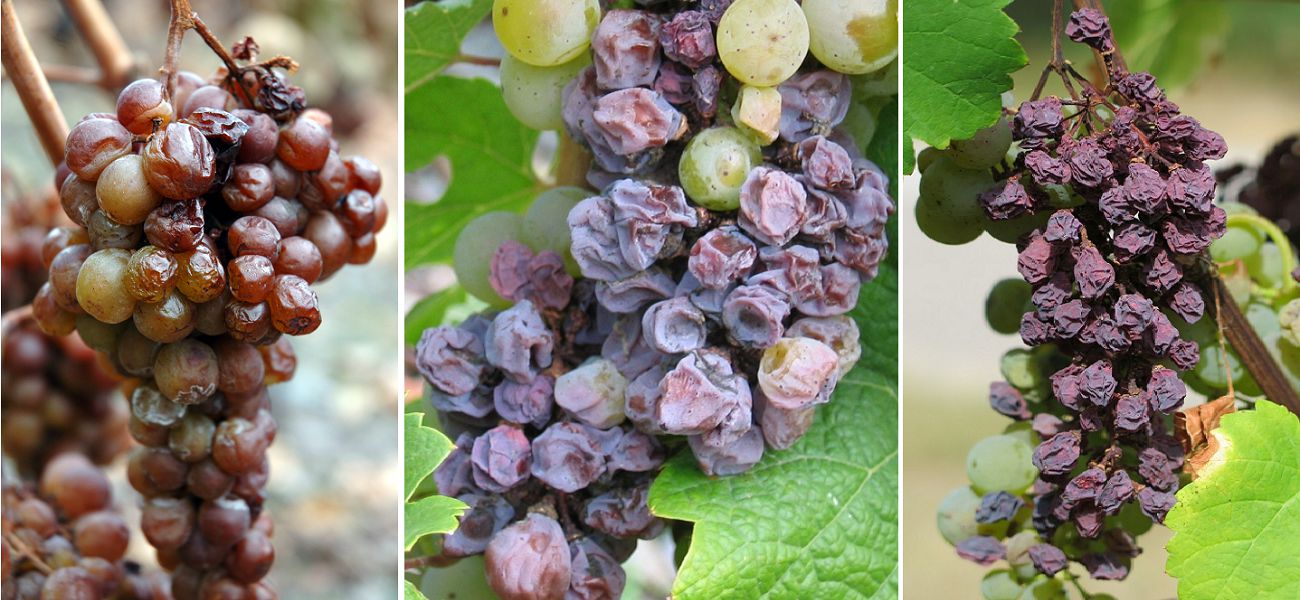
If you’ve ever had the pleasure of picking up a bottle of botrytised wine or ordered a glass off a wine list, you’ll know this exquisite ambrosia boasts a hefty price tag. The reason for this is twofold. As we’ve touched upon, the conditions needed to foster botrytis are extremely specific. These wines are only made in certain vintages, making them somewhat rare. They are also labour-intensive to create. The grapes must be harvested by hand. To maximise the harvest, several passes (called tries in French) are often necessary, which is as expensive as it sounds, but by gum, the results are worth their price tag.
Classic pairings for botrytis-affected wines include foie gras, blue cheese, fruit desserts, and simple patisseries, but they’re equally good with pork, glazed sweet vegetables, spice, and fried foods if you’re feeling adventurous. Aromatic spicy cuisines such as Thai or Sichuan can be exquisite and well-worth exploring alongside a glass of noble rot wine. Of course, these voluptuous wines are flawless when enjoyed on their own. Lush, spicy, and honeyed, they are wines to revisit again and again.

